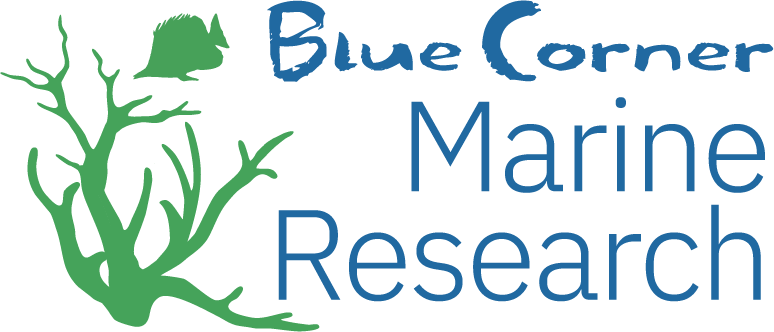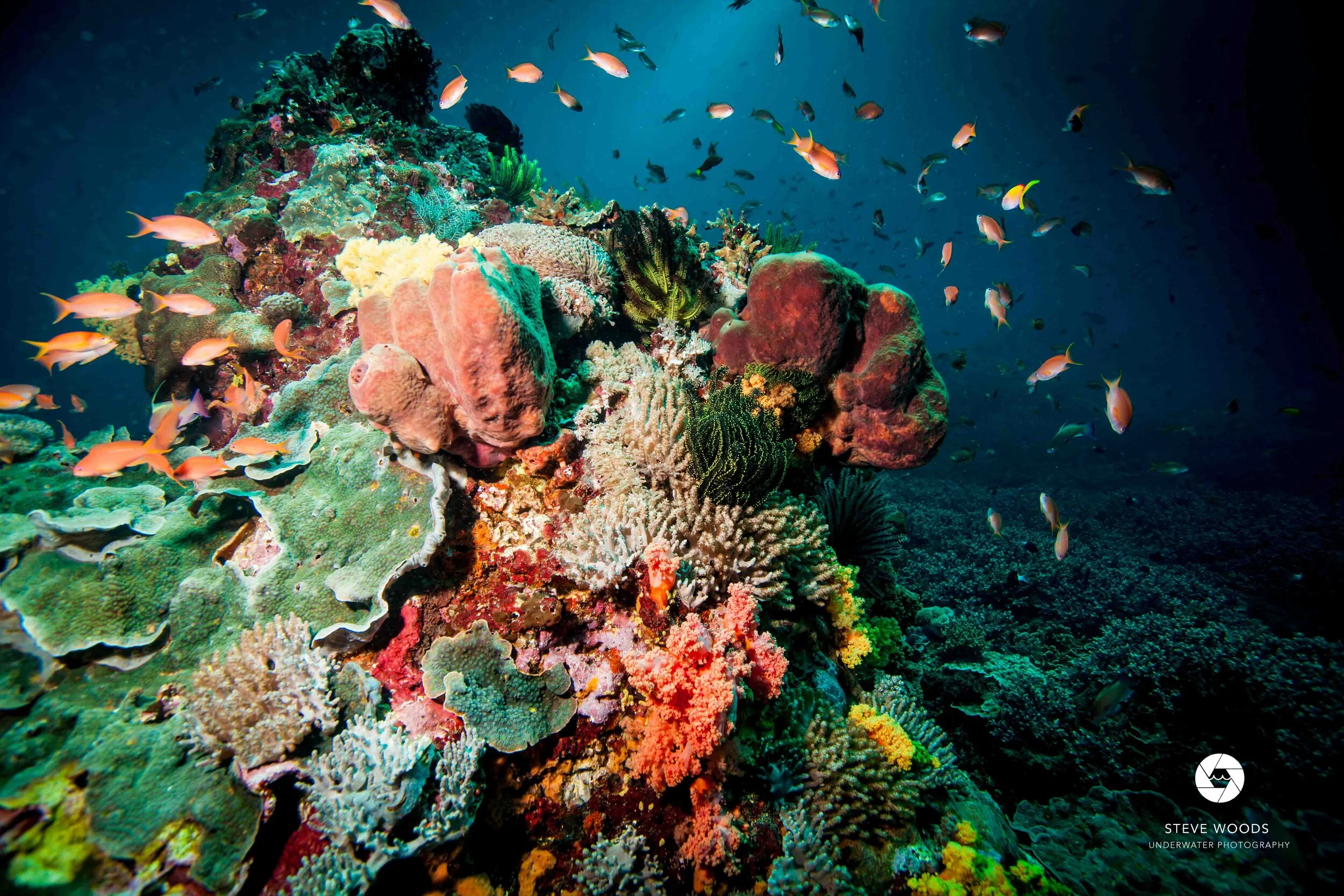Species Distribution & Centres of Marine Biodiversity
Any organism has a defined tolerance range to factors in it’s environment. Therefore every organism has its own unique geographic distribution range which can be plotted on a map. Some species such as Bluefin Tuna have a vast geographic range which they inhabit, whereas others such as the Bangai Cardinal Fish are endemic to just a very small area.
The number of different species that live in a given area is know as biodiversity. A ‘hotspot’ is a term frequently used by conservation biologists to describe a geographic area containing exceptionally high levels of biodiversity and/or endemism. The primary biodiversity hotspot for marine organisms is the so-called ‘Coral Triangle’. With 83% of all the marine species of the Indo-Pacific it is clearly the centre of Indo-Pacific coral diversity. Other minor biodiversity hot-spots include Madagascar, the Red Sea / Arabia, and the Caribbean. However the level of biodiversity in the Coral Triangle is vastly higher than these other minor centres.
The Coral Triangle
The area that borders the Philippines, Malaysia and Indonesia forms the Coral Triangle. This is the centre of biodiversity for coral reefs with 581 individual coral species being identified out of the total of 700 that exist in the Indo-Pacific region. The area also supports over 3000 reef fish species.
There is still a large amount of uncertainty as to why we see such a high level of species richness in this area. Habitat diversity is clearly the key to the reason why the Coral Triangle is so diverse; however there are other semi-independent explanations. The fossil record suggests that the corals of the Coral Triangle are the world’s youngest – less than half the mean age of their Caribbean counterparts. These relatively young genera either evolved in the region of the Coral Triangle or have survived there since going extinct elsewhere. The region deep water in close proximity to reef areas providing minimal dislocation during times of rapid sea-level change. The vast number of islands and interconnected channels which seawater must flow through in the area also provide suitable conditions for settlement of marine larvae. Many marine fish, corals, and invertebrate species have a pelagic larval phase in their life history. During this larval phase organisms are transported at the whim of ocean currents, settling out in eddies and shallow flow restricted areas. This contributes to the biodiversity of the Coral Triangle area as many species of larvae will collect here.
To learn more about the currents and ocean channels which bring larvae and life to the region, read our article on The Indonesian Through-Flow.


